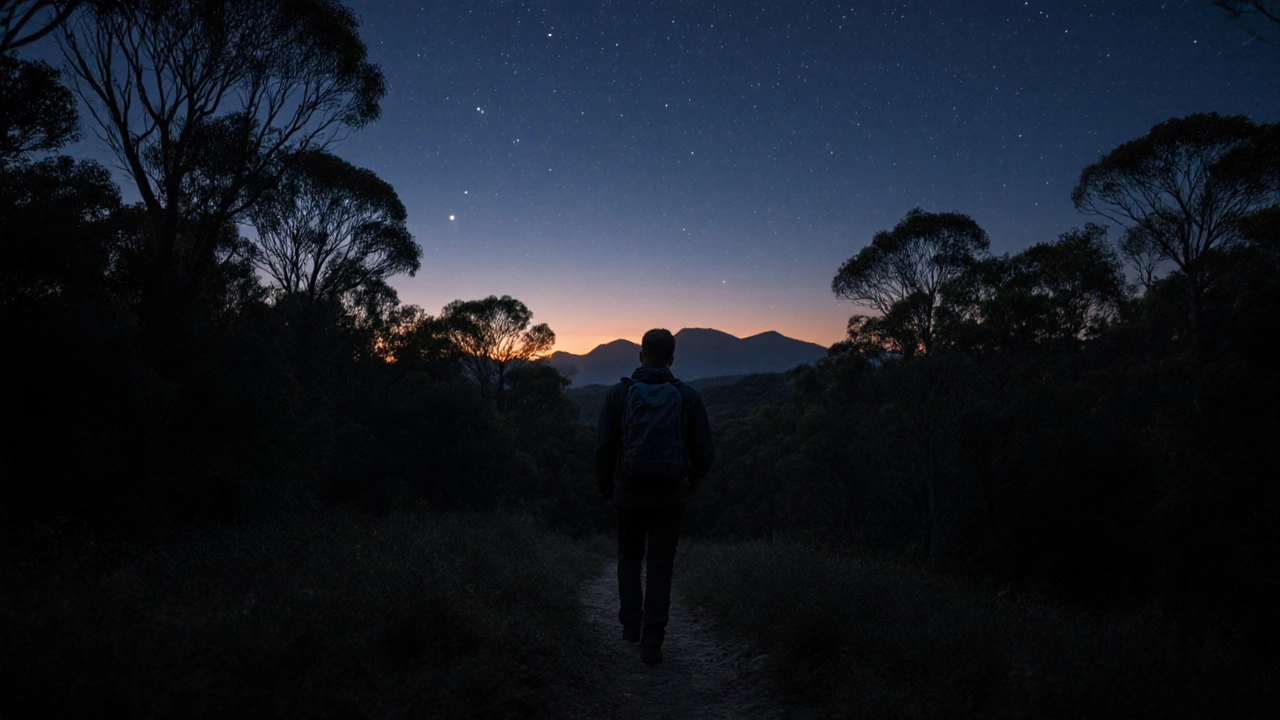Nighttime Forest Safety: Stay Safe When Camping After Dark
When you’re sleeping in the woods after sunset, nighttime forest safety, the set of practices that keep you secure, aware, and calm during overnight stays in wooded areas. Also known as wild camping safety, it’s not about fear—it’s about knowing what’s out there and how to act so you don’t become a target. Whether you’re parked in a quiet clearing, tucked into a pine grove, or hiding off the main road in a stealth camp, the dark changes everything. Sounds travel farther. Animals move differently. Your senses dull. And if you’re not prepared, what feels peaceful can turn risky fast.
One big thing people forget: wildlife, animals that live in forests and may approach campsites at night, especially if they smell food or trash isn’t always the threat you think. Bears get all the attention, but in the UK, it’s often foxes, badgers, or even deer that cause trouble—not by attacking, but by knocking over gear, rummaging through bags, or startling you awake. Then there’s stealth camping UK, the practice of parking and sleeping discreetly in natural areas without using official campsites. It’s popular, but it means you’re often alone, off-grid, and far from help. That’s why knowing how to secure your food, use a headlamp without blinding yourself, and spot early signs of trouble matters more than having the fanciest tent.
Lighting is simple but critical. A red-light headlamp lets you move around without ruining your night vision or drawing attention. Keep a backup battery pack—no one wants to fumble in the dark with dead batteries. And always keep your campsite clean. A single banana peel or crumpled wrapper can turn your quiet spot into a nightly buffet. Don’t store food in your vehicle unless it’s locked and sealed—animals can break into cars. If you’re in a motorhome, keep windows and vents closed after dark, even if it’s warm. You’re not just keeping bugs out—you’re keeping curiosity out.
Navigation at night is another silent risk. Trails you walked in daylight become confusing. A misplaced step on uneven ground can mean a twisted ankle, and if you’re alone, that’s serious. Always mark your path to the toilet or water source with a small, non-reflective marker. A piece of tape on a tree, a rock stack—something you can find by touch. And never wander off alone after dark, even if you think you know the area. The forest doesn’t care how well you know it. It’s darker than you remember.
Weather changes fast, too. Fog rolls in without warning. Rain makes ground slippery. Wind makes branches snap like gunshots. That’s why checking the forecast before you park isn’t optional—it’s part of nighttime forest safety. If the app says thunderstorms are coming, move. Don’t wait until the sky opens up. And always have a plan B: a nearby official site, a friend’s contact, or a backup parking spot with cell signal.
What you’ll find below are real stories and practical fixes from people who’ve been there—camped in the rain with a leaky roof, woke up to a badger in their kitchen, or spent a quiet night under stars with no one else for miles. These aren’t theory posts. They’re the kind of advice you wish you’d heard before you pulled into that secluded spot at dusk. Because when you’re out there in the dark, it’s not about being brave. It’s about being smart.
-
 VIEW POST
VIEW POSTNighttime Forest Safety: Why You Shouldn't Enter Woods After Dark
Oct, 26 2025|0 CommentsDiscover the hidden dangers of entering woods at night and learn practical safety tips to protect yourself from wildlife, navigation errors, and cold.